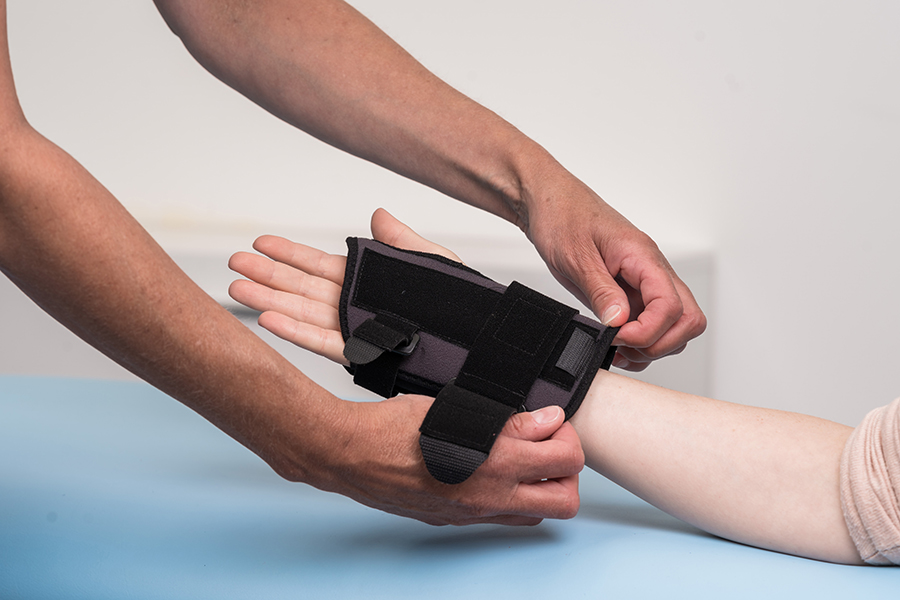
Your hand may become numb, tingly, or weak if you have carpal tunnel syndrome, also known as median nerve compression. It happens because of pressure on your median nerve, which spans the length of your arm, then through the carpal tunnel in your wrist, and finally terminates in your hand. The median makes it possible for your thumb and all other fingers other than your pinky to move and feel.
Repetitive hand motions, wrist morphology, or health issues can trigger carpal tunnel syndrome. Thankfully, a neurosurgeon can help you reduce the tingling and numbness and eventually recover your normal hand and wrist function. Below is more information about carpal tunnel syndrome.
Symptoms
You have carpal tunnel syndrome if you experience the following symptoms:
Feeling tingly or numb.
Numbness and tingling of the whole hand or the thumb, index, middle, and ring fingers, apart from the little finger. In some fingers, you might experience something like an electric jolt.
The wrist may feel the same before it moves up the arm. These symptoms often awaken you from sleep and frequently happen while holding the phone, newspaper, or steering wheel. Many affected individuals “shake out” the hand to alleviate their symptoms. But the numb sensation could become permanent over time.
Weakness.
You could lose strength and drop things when you experience weakness in your hands or fingers. This might be because the hand is numb or the thumb’s pinching muscles (likewise regulated by the median nerve) are weak. You may have a harder time maintaining a grasp because the muscles in your hand weaken as carpal tunnel syndrome worsens. There will be additional discomfort and tightness in your muscles.
A tingling feeling that travels up your arm
Your fingers may “sleep” and go numb at night. Typically, it occurs due to how you position your hand during sleep. You may awaken in the morning with tingling and numbness in your hands that may extend to your upper arms. Your symptoms may worsen during the day while you’re holding anything with your wrist bent, such as driving.
These symptoms result in:
- Reduced finger sensation
- Slow nerve impulses
- Less coordination and strength, especially when using your thumb to pinch.
Hand therapy for carpal tunnel syndrome
Your treatment usually depends on your specific symptoms and their severity. Here are the solutions:
Lifestyle changes.
Take more frequent breaks or engage in the painful activity less if repetitive motion is to blame for your symptoms.
Exercises.
You might feel better after stretching or doing strengthening exercises. Exercises for nerve gliding can facilitate better nerve movement within the carpal tunnel.
Immobilization.
Your doctor could advise you to put on a splint to make your wrist stationary and relieve pressure on your nerves. You can wear one at night to help eliminate that tingling or numbness you feel in the morning.
Medication.
Your doctor may administer steroid injections or anti-inflammatory medications to reduce swelling.
Surgery.
If none of those remedies work, you can undergo a carpal tunnel release, which enlarges the tunnel and releases the strain on your nerve.
